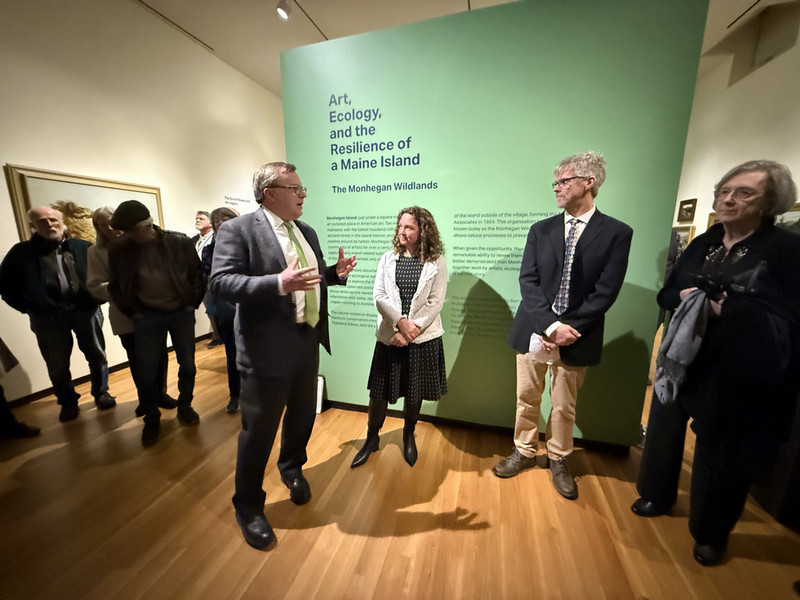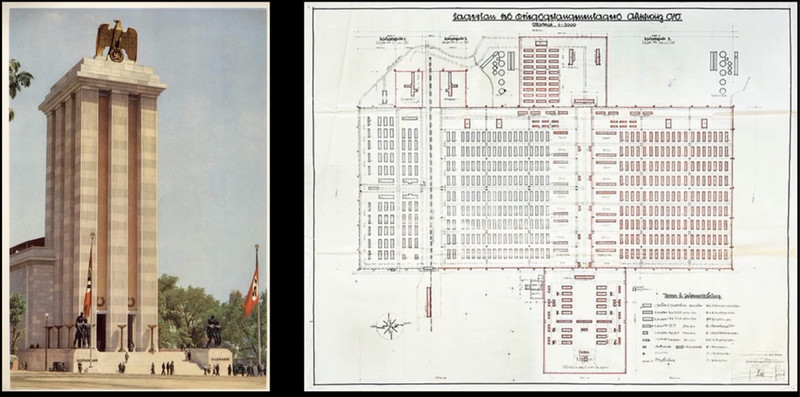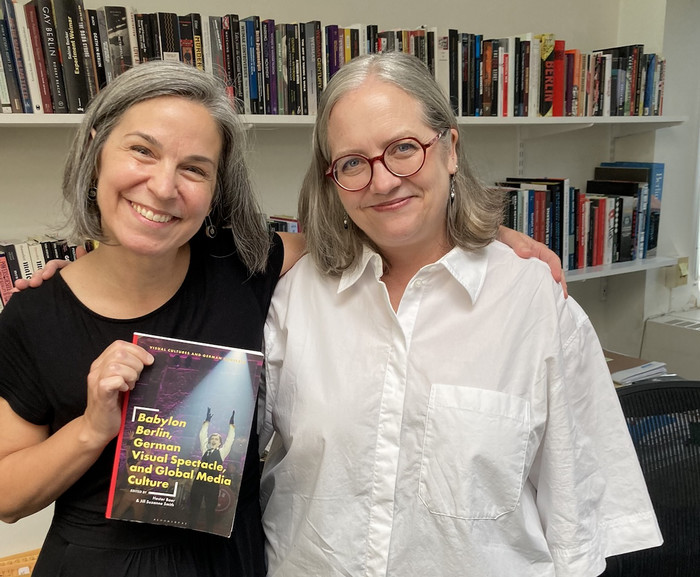Museum of Art Exhibition Examines Artists' Fascination with the Temptation of Saint Anthony
By Tom Porter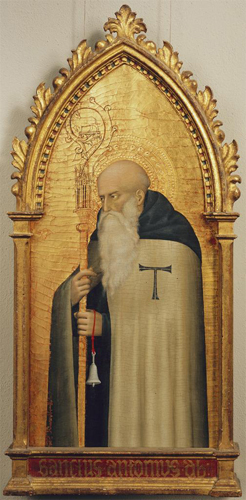
Since at least the fifteenth century artists have been fascinated with the story of the temptation of the Egyptian hermit Saint Anthony. An exhibition at the Bowdoin College Museum of Art features twenty works examining the subject from across more than five centuries. “We have lithographs, engravings, paintings, even a one-minute silent movie from the 1890s, twenty works in all, to illustrate the story of Saint Anthony as it was envisioned by artists over many generations,” said Museum of Art Curator Joachim Homann, “which is pretty amazing for a show that fits into a small gallery.”
Saint Anthony the Great, not to be confused with the medieval Franciscan monk Saint Anthony of Padua, was born into a wealthy Christian family in Egypt in the year 251, explained Homann, “and he is thought to have lived to the age of 105, which goes to show there must be some health benefits to an ascetic lifestyle!” As a young man Anthony gave away his inheritance and retreated into the desert where he lived the rest of his life as a hermit, devoted to God, said Homann. “He became a leading figure in establishing Christian monasticism, and an authority during the struggle for Christian doctrine, as the church competed against other sects. Anthony lived frugally, surviving on bread and water.”
As well as being a visionary and a mystic, Anthony was renowned in his own time as a healer. Centuries later, in the medieval period, he was revered for his particular ability to treat skin diseases. “A brotherhood was founded in his name which established hospitals throughout Europe,” said Homann. Indeed there’s an entire class of skin conditions named in his honor—ergotism, or ”Saint Anthony’s Fire”— which was common then. It was caused by eating rotting grain and can trigger hallucinations, he explained. “Anthony’s posthumous fame is based on the biography written by his acquaintance—hermits don’t really have ‘friends’—Bishop Athanasius of Alexandria. It became a best-seller throughout the Mediterranean and was translated into several languages by the late fourth century. One of the reasons for the book’s success,” continued Homann, “was the vivid detail it used to describe how Anthony was haunted by visions and hallucinations as the devil tried to distract him. These temptations ranged from visions of females, to pictures of great wealth and food, and when he resisted them he was beset by demonic creatures that showed themselves in monstrous configurations.”
By the late 1400s, artists had become fascinated with the lurid images in Anthony’s visions, as described by Athansius, and a famous work on display in the exhibition show this in intricate detail. “One of the artists on display is German engraver and painter Martin Schongauer, who shows Anthony being whipped by demons, fantastic images unlike anything that had gone before.” This was the beginning of a long tradition in which artists employed fantastic images to show the temptation of Saint Anthony, said Homann. Some four hundred years later in the late nineteenth century, the French artist Odilon Redon produced a series of lithographs inspired by novelist Gustav Flaubert’s own interpretation of the life of Saint Anthony. “Redon was riveted by descriptions of exotic monsters and the psychological effects that Flaubert came up with, and he created these dark lithographs that are haunting and modern-looking, several of which are on display in this exhibition.” Redon became an inspiration to a new generation of artists, said Homann, including the surrealists: Salvador Dali produced his own Temptation of Saint Anthony in 1946.
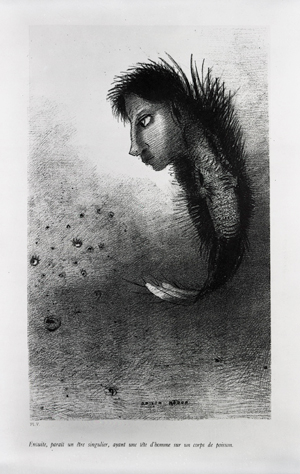
Homann said the show, which runs until March 19, 2017, is intended to demonstrate how artists used the story of Saint Anthony to fuel their own imagination. “Artists embracing the story of Saint Anthony were often coming to terms with new ways of expressing themselves.” One of them, he said, was George Méliès, a French magician and pioneering filmmaker, who in 1898 created a one-minute movie showing Anthony being tempted—and frightened—by seductive women who like demons appear out of thin air.
“It’s hilarious,” said Homann, “it’s a riot.” Italian movie director Federico Fellini had his own take on the legend in his 1962 film The Temptation of Doctor Antonio, which although not part of the exhibition, is being screened at Bowdoin on December 8, 2016, introduced by a discussion featuring faculty members Todd Berzon, Pamela Fletcher, and Allison Cooper. In the same way that earlier artists were using the story of Saint Anthony to push the boundaries of their imagination, so was Fellini with The Temptation of Doctor Antonio, explained Homann, because at the time he was experimenting with the relatively new technology of color film. “Yet again, we see here the legend of Saint Anthony providing a platform for artists to come to terms with the possibilities of their art.”
Listen to an interview with Joachim Homann recorded on WBOR Radio on December 1, 2016 (audio may take a few seconds to load)

